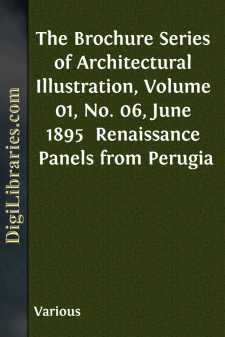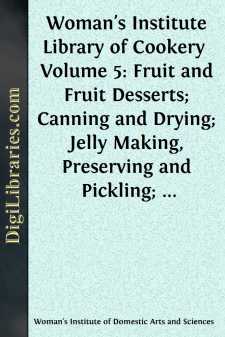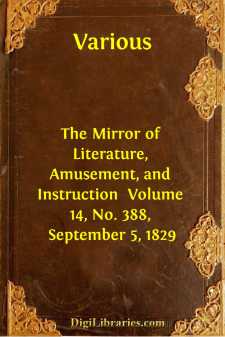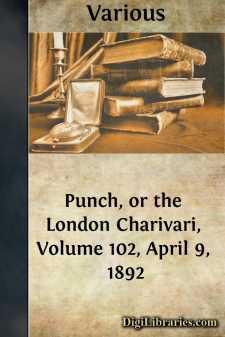Categories
- Antiques & Collectibles 13
- Architecture 36
- Art 48
- Bibles 22
- Biography & Autobiography 813
- Body, Mind & Spirit 141
- Business & Economics 28
- Children's Books 12
- Children's Fiction 9
- Computers 4
- Cooking 94
- Crafts & Hobbies 4
- Drama 346
- Education 46
- Family & Relationships 57
- Fiction 11826
- Games 19
- Gardening 17
- Health & Fitness 34
- History 1377
- House & Home 1
- Humor 147
- Juvenile Fiction 1873
- Juvenile Nonfiction 202
- Language Arts & Disciplines 88
- Law 16
- Literary Collections 686
- Literary Criticism 179
- Mathematics 13
- Medical 41
- Music 40
- Nature 179
- Non-Classifiable 1768
- Performing Arts 7
- Periodicals 1453
- Philosophy 64
- Photography 2
- Poetry 896
- Political Science 203
- Psychology 42
- Reference 154
- Religion 513
- Science 126
- Self-Help 83
- Social Science 81
- Sports & Recreation 34
- Study Aids 3
- Technology & Engineering 59
- Transportation 23
- Travel 463
- True Crime 29
Principles of Home Decoration With Practical Examples
by: Candace Wheeler
Categories:
Description:
Excerpt
CHAPTER I
DECORATION AS AN ART
"Who creates a Home, creates a potent spirit which in turn doth fashion him that fashioned."
Probably no art has so few masters as that of decoration. In England, Morris was for many years the great leader, but among his followers in England no one has attained the dignity of unquestioned authority; and in America, in spite of far more general practice of the art, we still are without a leader whose very name establishes law.
It is true we are free to draw inspiration from the same sources which supplied Morris and the men associated with him in his enthusiasms, and in fact we do lean, as they did, upon English eighteenth-century domestic art—and derive from the men who made that period famous many of our articles of faith; but there are almost no authoritative books upon the subject of appropriate modern decoration. Our text books are still to be written; and one must glean knowledge from many sources, shape it into rules, and test the rules, before adopting them as safe guides.
Yet in spite of the absence of authoritative teaching, we have learned that an art dependent upon other arts, as decoration is upon building and architecture, is bound to follow the principles which govern them. We must base our work upon what has already been done, select our decorative forms from appropriate periods, conform our use of colour to the principles of colour, and be able to choose and apply all manufactures in accordance with the great law of appropriateness. If we do this, we stand upon something capable of evolution and the creation of a system.
In so far as the principles of decoration are derived from other arts, they can be acquired by every one, but an exquisite feeling in their application is the distinguishing quality of the true decorator.
There is quite a general impression that house-decoration is not an art which requires a long course of study and training, but some kind of natural knack of arrangement—a faculty of making things "look pretty," and that any one who has this faculty is amply qualified for "taking up house-decoration." Indeed, natural facility succeeds in satisfying many personal cravings for beauty, although it is not competent for general practice.
Of course there are people, and many of them, who are gifted with an inherent sense of balance and arrangement, and a true eye for colour, and—given the same materials—such people will make a room pleasant and cozy, where one without these gifts would make it positively ugly. In so far, then, individual gifts are a great advantage, yet one possessing them in even an unusual degree may make great mistakes in decoration. What not to do, in this day of almost universal experiment, is perhaps the most valuable lesson to the untrained decorator. Many of the rocks upon which he splits are down in no chart, and lie in the track of what seems to him perfectly plain sailing.
There are houses of fine and noble exterior which are vulgarized by uneducated experiments in colour and ornament, and belittled by being filled with heterogeneous collections of unimportant art....














